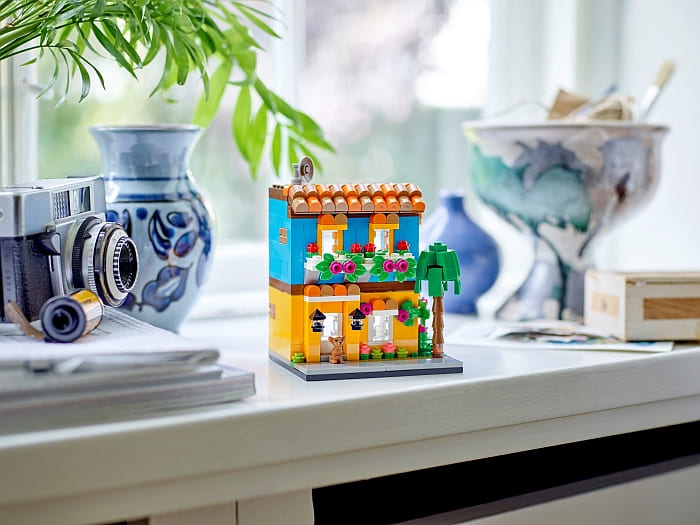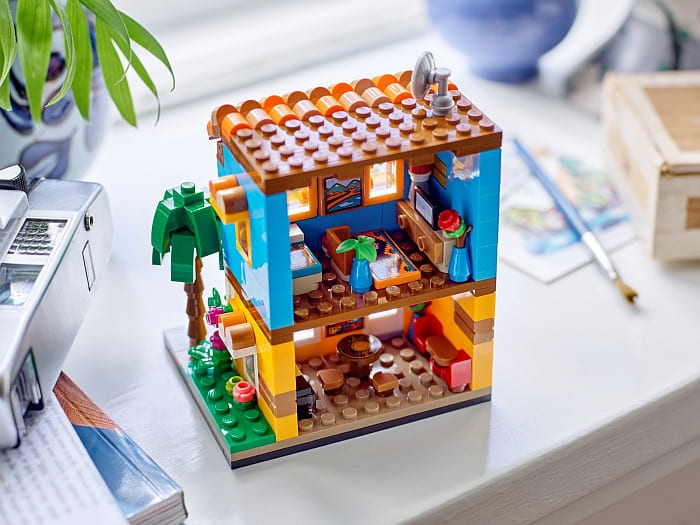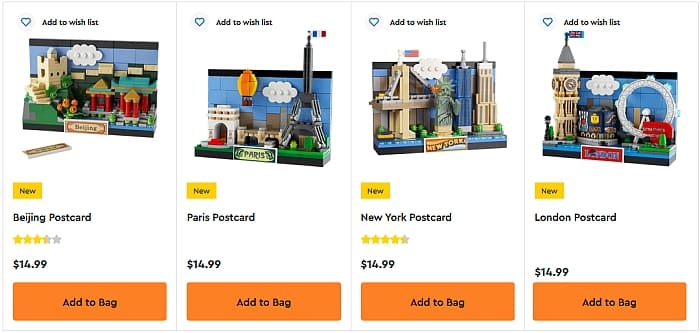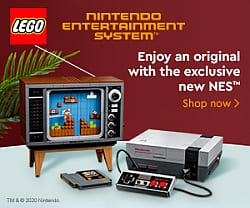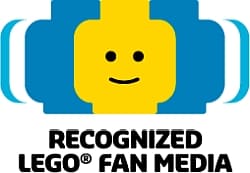Disney celebrates its 100th anniversary this year, so we can expect quite a few LEGO Disney sets to commemorate the event. Two upcoming sets have already been revealed, both featuring the Disney 100 logo in the upper right corner.
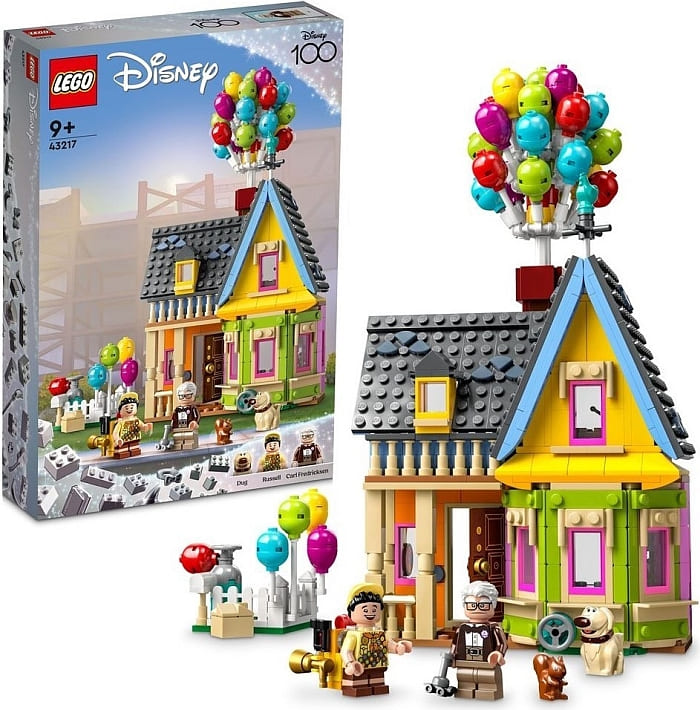
The #43217 LEGO Disney Up House is based on the 2009 computer-animated film by Pixar Animation Studios and released by Walt Disney Pictures. The set comes with 598 pieces, featuring Carl Frederickson’s house with attached helium balloons, and also includes Russell his young friend, and Dug the Golden Retriever. The balloons appear to be too small and few, but other than that, this is a cheerfully colorful set. The price is going to be $59.99, and the set should be available in April at the LEGO Disney section of the Online LEGO Shop.
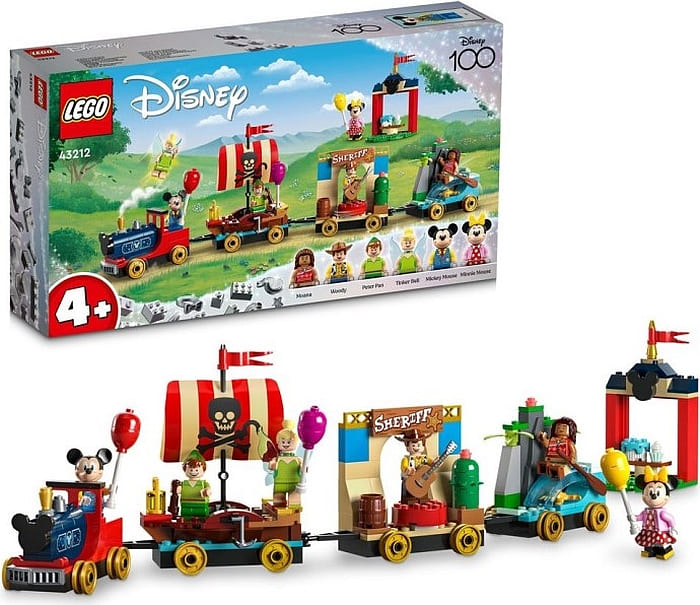
The #43212 LEGO Disney Celebration Train is a 4+ set for younger builders with 200 pieces, featuring Moana, Woody, Peter Pan, Tinker Bell, Mickey Mouse, and Minnie Mouse, and a simplified Disney train. This set is going to be $39.99, and should also be available in April at the LEGO Disney section of the Online LEGO Shop.
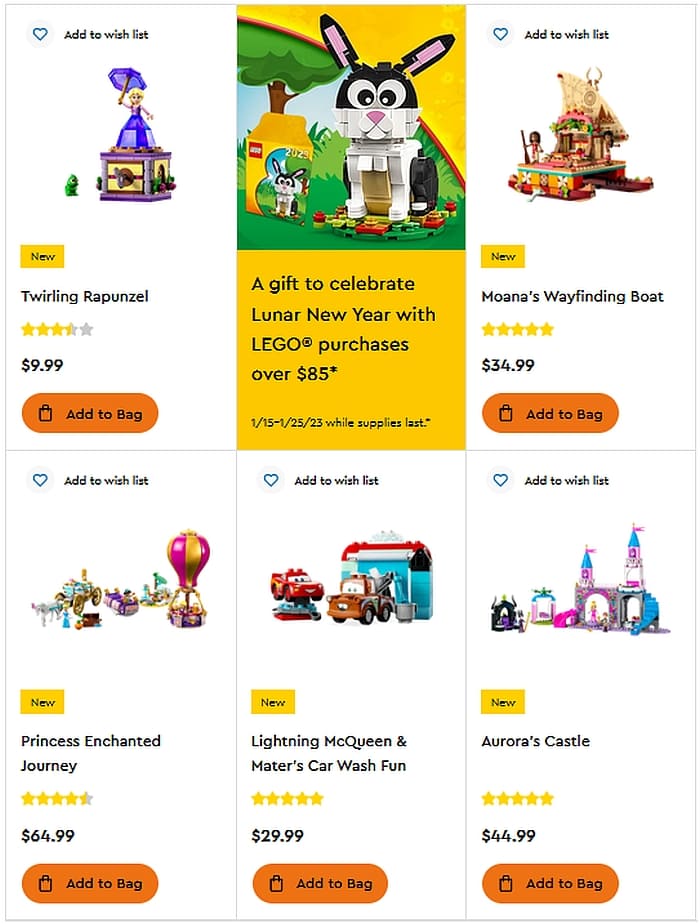
What do you think? How do you like the upcoming LEGO Disney sets? What other anniversary sets would you like to see this year? Feel free to share and discuss in the comment section below!
And you might also like to check out the following related posts:


